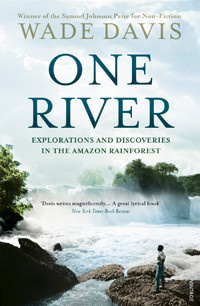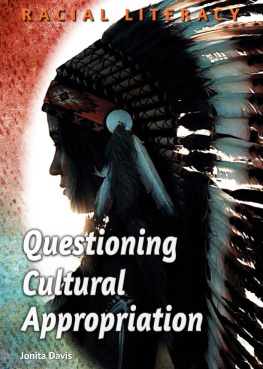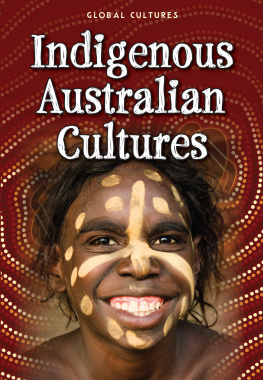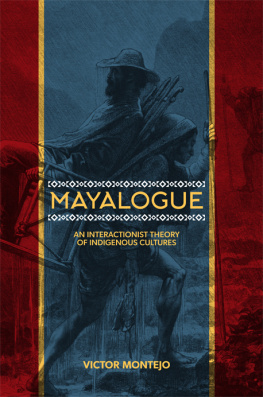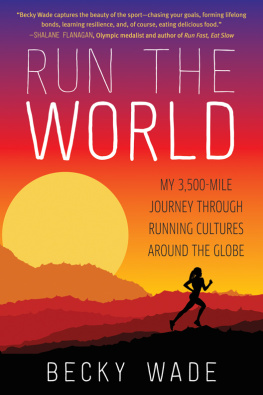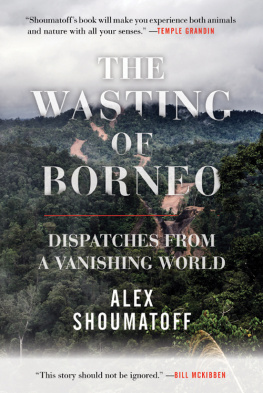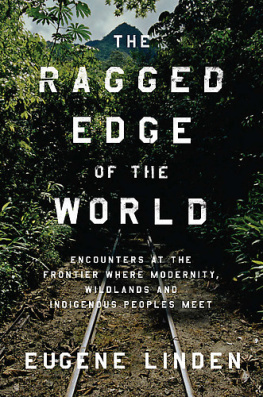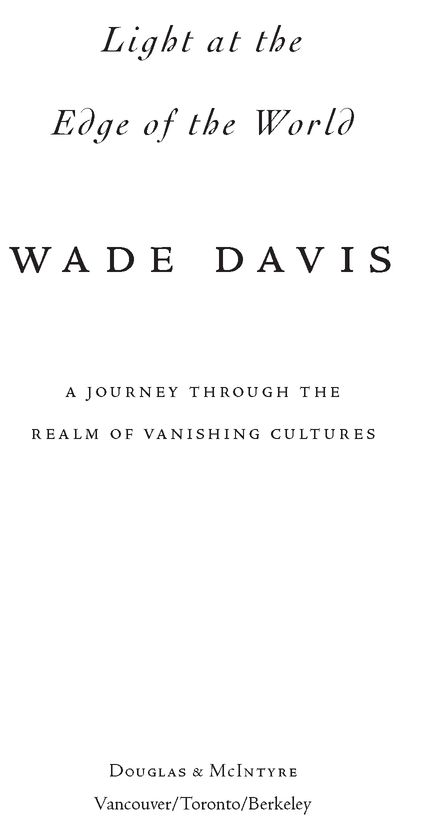Table of Contents
IN PRAISE OF Light at the Edge of the World
These dramatic photographs frequently overshadow Daviss informative, witty essays... he shares anecdotes about the people hes met, reflects on the effects of colonialism in these areas and laments the uncertain fate of groups like the Penan of Borneo and the nomads of Kenya.
PUBLISHERS WEEKLY
Light at the Edge of the World is simultaneously a celebration of human diversity, a requiem for what we have already lost, and a warning.
QUILL& QUIRE
IN PRAISE OF
The Serpent and the Rainbow
Exotic and far-reaching... a corker of a read, just the way
Indiana Jones would tell it.
WALL STREET JOURNAL
Mr. Daviss book should become a classic in the literature of scientific adventure. He reports his adventures brilliantly, conjuring up characters and settings vividly and creating sinister suspense with the skill of an accomplished novelist.
ATLANTIC MONTHLY
IN PRAISE OF
One River
This is an eloquent and complex book, filled with superb evocations of the Latin American landscape.
LONDON SUNDAY TIMES
One River is a cross between Joseph Conrads Heart of Darkness and The Hitchhikers Guide to the Galaxy. For sheer adventure, it puts Indiana Jones to shame.
VILLAGE VOICE
IN PRAISE OF
The Clouded Leopard
In essays so sensitively written their pristine language reflects the spectacular beauty of the landscapes they describe, Davis chronicles his unusual adventures and striking observations.
BOOKLIST
His splendid cinematic prose produces a never-ending flow of vivid images... A wonderful read, an intriguing mlange of travelogue, personal reminiscence, information tract and old-fashioned storytelling.
GLOBE AND MAIL
Preface
THIS BOOK RECOUNTS SOME OF THE MANY JOURNEYS made over the course of my work as an ethnobotanist and anthropologist, student and writer. The initial chapters, covering travels through northern Canada, the high Andes, Amazon, Orinoco and Haiti, touch upon those seminal experiences and encounters that led me as a student to appreciate and embrace the key revelation of anthropology, the idea that distinct cultures represent unique visions of life itself, morally inspired and inherently right. The latter half of the book, those sections dealing with the plight of the Penan in Borneo, the pastoral nomads of northern Kenya and the fate of Tibet, suggests something of the dark undercurrent of our age, the manner in which ancient peoples throughout the world are being torn from their past and propelled into an uncertain future. The book ends with the redemptive promise of Nunavut, the Inuit homeland recently established in the Canadian Arctic.
Certain passages, those describing the lives of the Kogi and Ika in Colombia, and the sense of spirit and landscape that resonates in the Sierra Nevada de Santa Marta and along the spine of the Andes, echo sentiments from my earlier books, presented here in a different form; the account of the Penan, Ariaal and Rendille first appeared in the pages of National Geographic magazine. Richard Evans Schultes will be familiar to readers of One River, and Vodoun has been the subject of two previous books and several essays.
It is my hope that these stories provide a moving and visceral sense of the key issue celebrated by the book, the wondrous diversity and character of the ethnosphere, a notion perhaps best defined as the sum total of all thoughts, beliefs, myths and intuitions made manifest today by the myriad cultures of the world. The ethnosphere is humanitys greatest legacy. It is the product of our dreams, the embodiment of our hopes, the symbol of all that we are and all that we have created as a wildly inquisitive and astonishingly adaptive species.
My travels through the ethnosphere have, for the most part, been driven by simple curiosity. The mysterious formula of a folk preparation, and the thought that zombies might actually exist, first brought me to Haiti. The study of coca, a plant known to the Inca as the Divine Leaf of Immortality, took me the length of the Andean Cordillera, a journey of well over a year. A desire to understand something of the shamanic art of healing resulted in a sojourn of many months in the Northwest Amazon. A chance to photograph the clouded leopard, rarest of all the great cats, took me to the Himalayas and the Kangshung face of Everest. The Winikina-Warao, canoe people whose feet rarely touch dry land, drew me to the Orinoco delta of Venezuela. A longing to stand in the light of the midnight sun at the mouth of the Northwest Passage and hunt narwhal with Inuit led to the high Arctic and the ice islands that haunt the memory of Europe.
In every case, the scientific quest served as a metaphor, a lens through which to interpret a culture and acquire personal experience of the other. But what ultimately inspired these journeys was a restless desire to move, what Baudelaire called the great malady, horror of home. Simply put, I sought escape from a monochromatic world of monotony, in the hope that I might find in a polychromatic world of diversity the means to rediscover and celebrate the enchantment of being human.
Acknowledgements
IN MY TRAVELS I WAS NEVER ALONE, AND THROUGHOUT all of these adventures and investigations, I benefited enormously from the companionship and guidance of dozens of individuals. I am especially indebted to the men and women of the indigenous communities who have so generously and openly received me as a guest in their lives.
Although it would be impossible to list by name all those who have assisted me over these many years, I would like to express my gratitude to my teachers and mentors, friends and colleagues. In particular, I would like to pay tribute to four people who have died recently: Darell Posey, tireless champion of the Kayap and the human rights of all Amazonian peoples; Bruno Manser, friend and defender of the Penan; Terence McKenna, mystic visionary; and Richard Evans Schultes, plant explorer and teacher.
I am also grateful to the editors and designers responsible for working with the words to create this book. Finally, I thank my family: Gail, Tara and Raina.
I would like to dedicate this book to my sister, Karen, for her unfailingly generous love and support.
The Wonder of the Ethnosphere
ONE NIGHT ON A RIDGE IN BORNEO, CLOSE TO dusk, with thunder over the valley and the forest alive with the electrifying roar of black cicadas, I sat by a fire with Asik Nyelit, headman of the Ubong River Penan, one of the last nomadic peoples of Southeast Asia. The rains, which had pounded the forest all afternoon, had stopped, and the light of a partial moon filtered through the branches of the canopy. Earlier in the day, Asik had killed a barking deer. Its head lay roasting in the coals.


